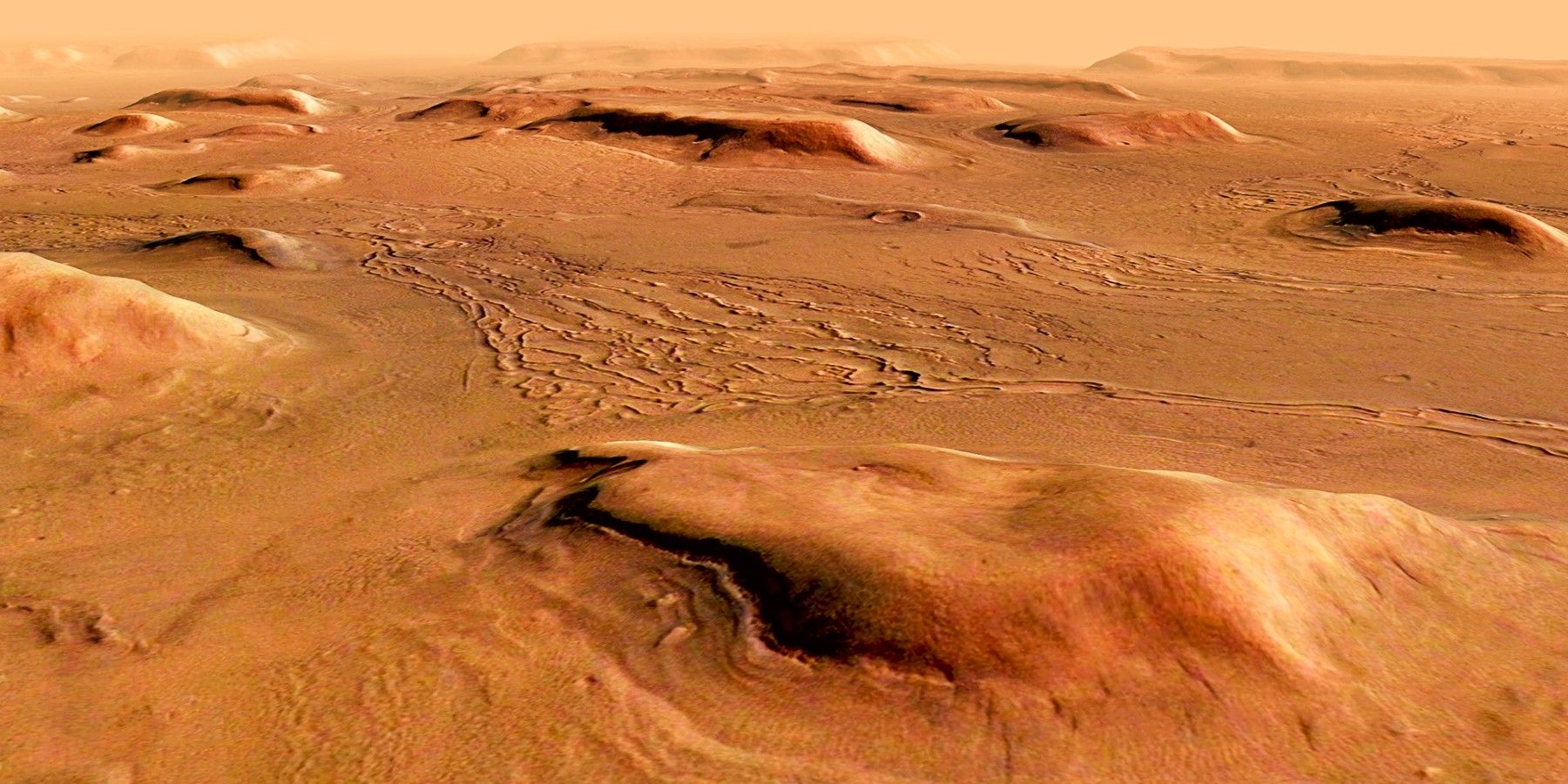
The European spacecraft Mars Express, which is flying 140 million miles from Earth and deep-diving on the Martian moon Phobos, revealed one of its most guarded secrets. Solar wind may seem like a far-off space event that has little impact on life. However, the outflow of particles from the Sun shapes planets and our solar system and plays a big role in the creation of water itself.
The interest in studies of Phobos and Deimos, two of Mars' moons, has been increasing as humanity stretches its ambitions to the Red Planet with new missions. Studying the moons of Mars also helps in the understanding of our own Moon. Japan, under the MMX mission, will send a rover to Phobos to pick up samples and return them for study on Earth.
The European Space Agency ESA got a breakthrough in their investigation on Phobos using “fake and real” flybys with their spacecraft Mars Express. Our own Moon reflects solar winds (in form of hydrogen), and Phobos should do the same, but for some reason, scientists have had a hard time detecting this reflection. ESA’s spacecraft managed to detect solar wind reflection on Phobos for the second time ever.

After successfully detecting reflected solar wind at Phobos the ESA was left with more questions than answers. “Phobos’ relationship with the solar wind has long been an enigma,” Yoshifumi Futaana of the Swedish Institute of Space Physics IRF says. “We know that Phobos must be interacting with these particles, but we’re not seeing them – why? Why is Phobos behaving so differently to the Moon when the two appear to be quite similar?” Futaana questions.
NASA has been interested in solar wind since the Apollo missions and the return to the Moon under the Artemis mission reignites that interest. Apollo 11 astronauts were both intrigued and annoyed by the solar wind. They saw auroras in the skyline and believed they were created by solar wind that swept up dust particles from the lunar surface. Solar wind also creates static electricity and turns lunar dust into a sticky and abrasive hazard of small silicate particle that gets into everything, including spacesuits.
Traveling at one million miles per hour, solar winds blast off from the sun and move in all directions across the solar system. It shapes and transforms planets, moons, comets, and asteroids. When solar wind hits our Moon one out of every five protons reflects from its surface. The proton joins with an electron and becomes an atom of hydrogen that acts as a “hydrogen mirror”. Scientists call this process “the water factory” and say that this is how water is created in moons, comets, and asteroids. Understanding why this process has been elusive in Phobos may be critical to missions to Mars and our Moon.
Source: ESA, NASA-SERVI
https://ift.tt/3lvBUh2
December 03, 2021 at 11:58PM




